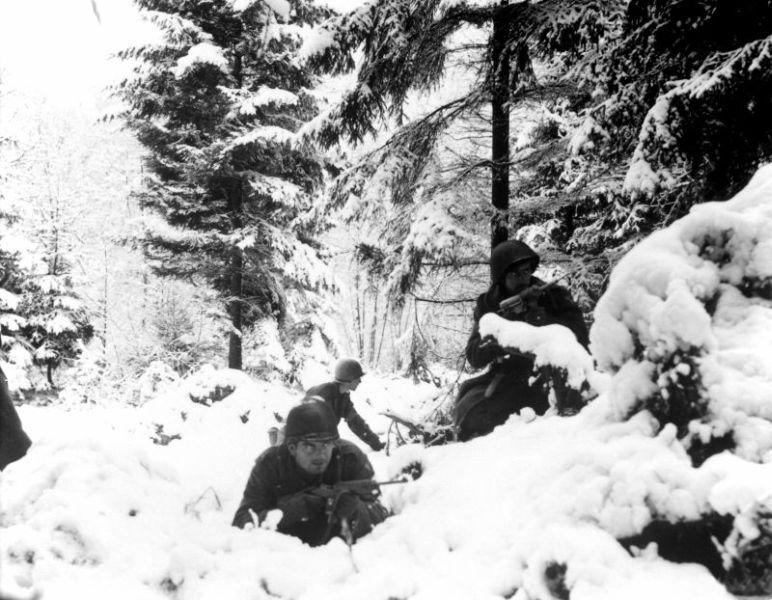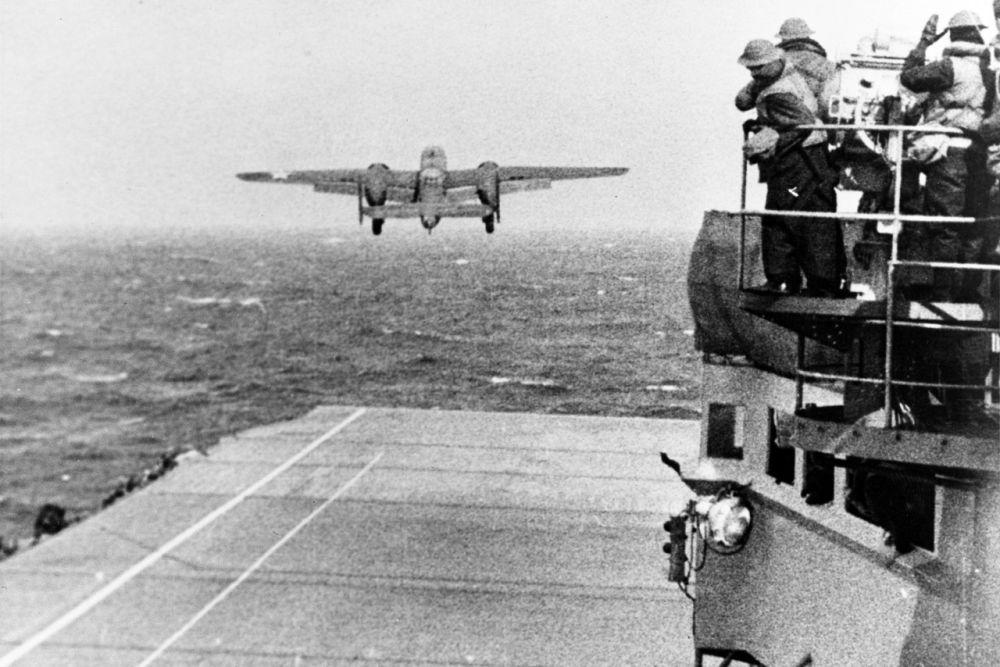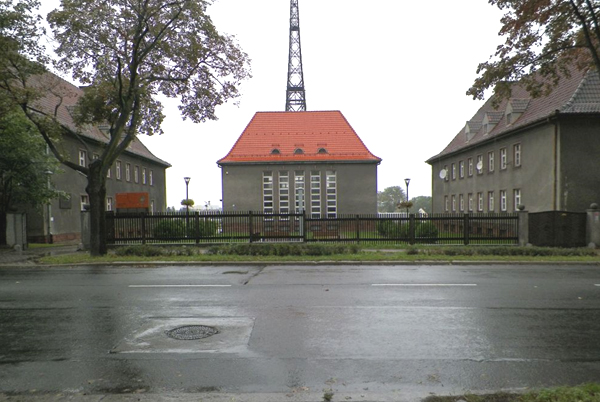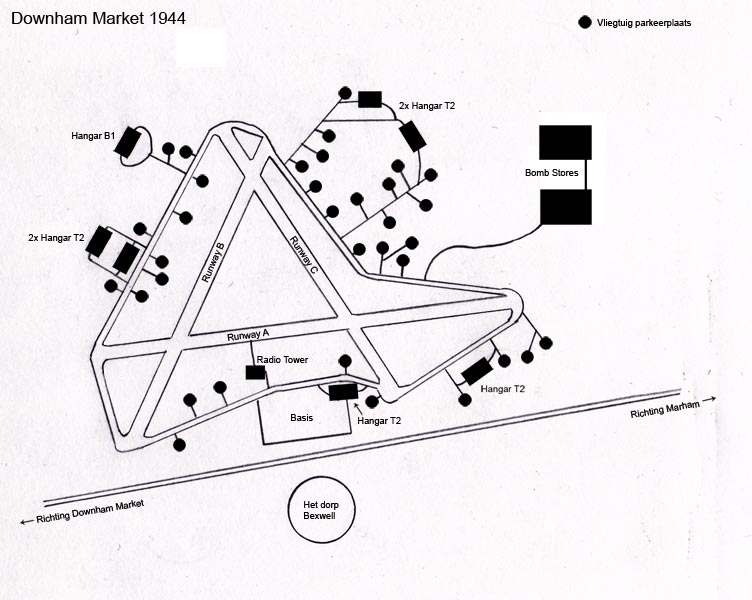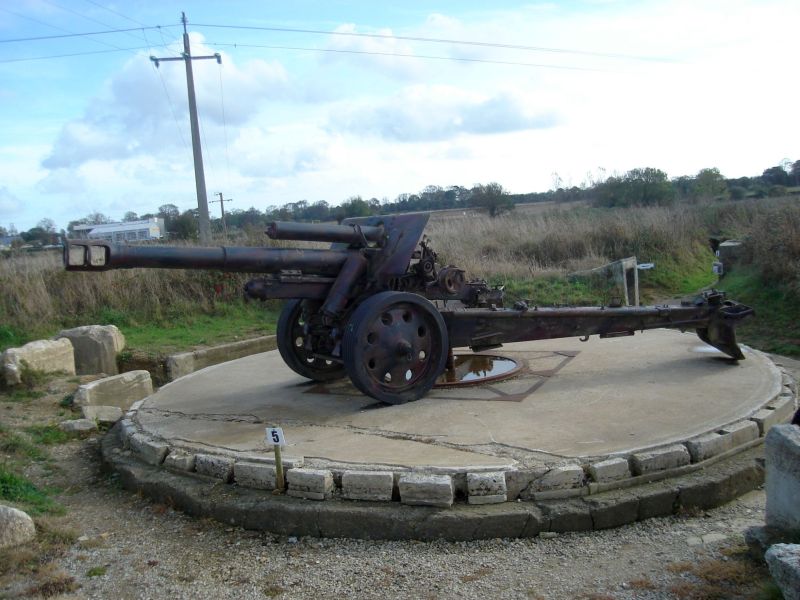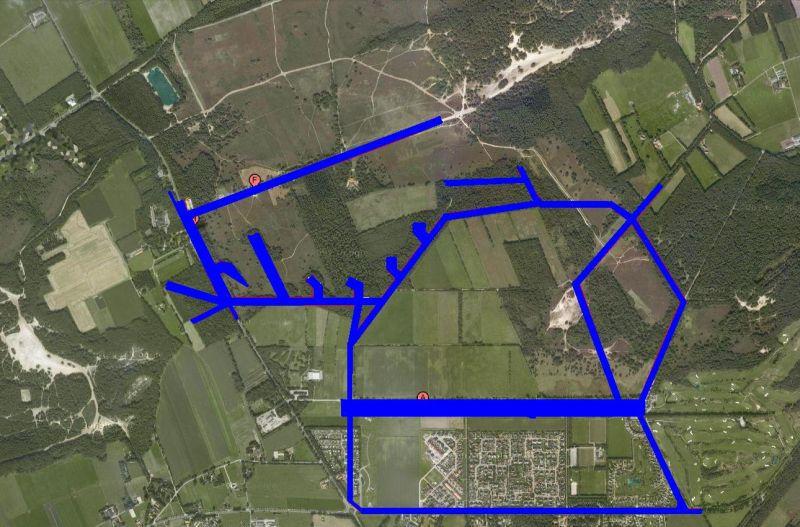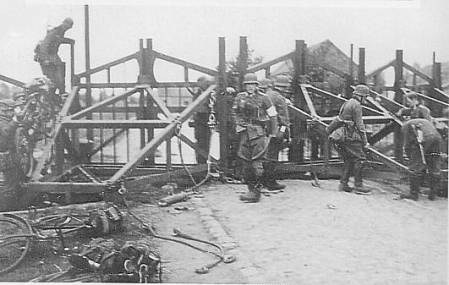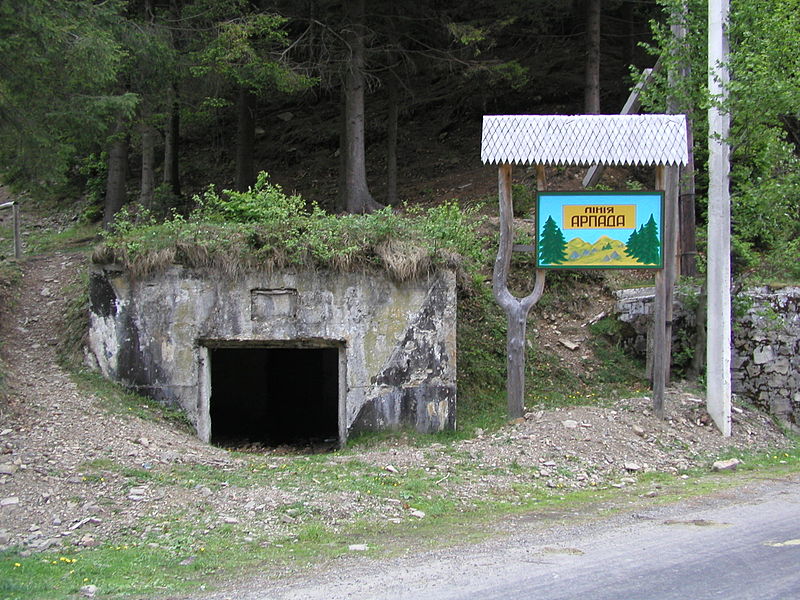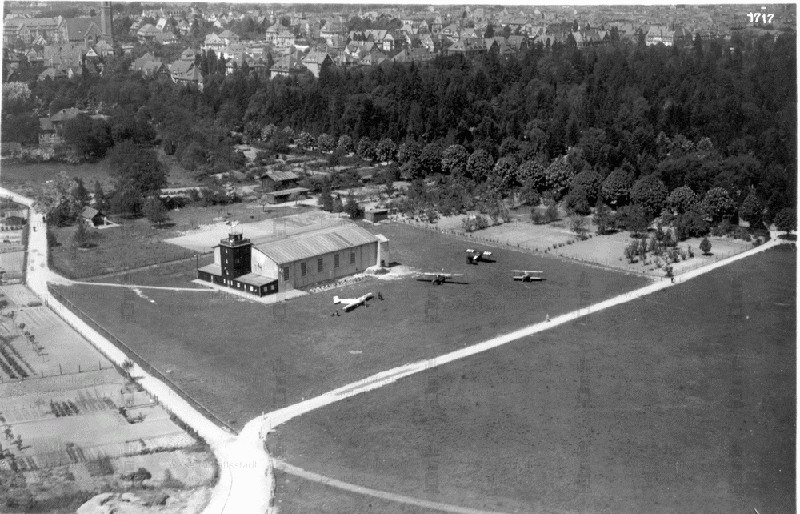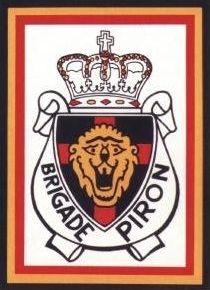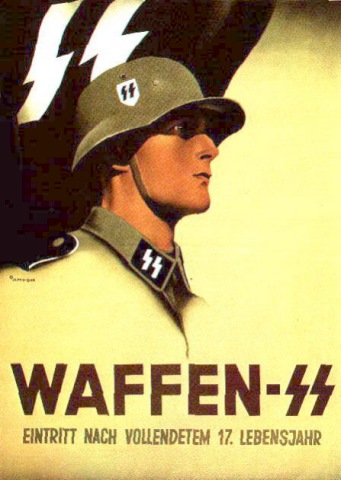Newest articles
- Article by Pieter Schlebaum
- Published on March 31st, 2025
Battle of the Bulge
Also known as the Ardennes Offensive, the Germans launched a final large-scale offensive on December 16, 1944, against the Allied troops on the Western Front. No fewer than 24 German divisions were involved in the offensive, but many of these divisions had just been formed or were being re-equipped. The objective of the German attack was to achieve a breakthrough through the Ardennes, split-up the Allied armies and subsequently advance further to Antwerp and recapture this crucial port.
- Article by Peter Kimenai
- Published on March 16th, 2025
Doolittle Raid
Within two weeks after the Japanese attack on Pearl Harbor, President Roosevelt ordered a counterattack on Japanese soil itself. It was to become a daring raid by B-25 bombers, launched from an aircraft carrier. Lieutenant Colonel James Doolittle was appointed to lead the mission, and the raid would therefore go down in history as the Doolittle Raid.
- Article by Michiel Janzen
- Published on January 25th, 2025
Gleiwitz incident
In August 1939 Hitler anticipated that the Allies would not come to Poland's aid if he could make them believe that Germany had fallen victim to Polish aggression. Prior to the start of "Fall Weiss", the invasion of Poland, several border incidents were staged by German commandos, disguised as Polish rebels. The most notable of these attacks was the Gleiwitz incident which occurred on the night of August 31-September 1.
- Article by Paul Moerenhout
- Published on January 19th, 2025
RAF-base Downham Market
RAF Bomber Command used The Royal Air Force (RAF) base RAF Downham Market during World War Two. Bomber Command executed many bombing missions during World War Two. These missions were aimed at cities and military targets in Germany, Italy and several other occupied countries. RAF Downham Market functioned from its opening in July, 1942 as an auxiliary base for RAF Marham. RAF Marham, which had its origins in the Great War, had become too busy because of the increasing flying movements. RAF Downham Market served as a back-up for the increasing bomber movements so that they could safely land. A fully equipped squadron was transferred from RAF Marham to RAF Downham Market. Two months before the airfield was opened, the first aircraft had landed.
- Article by Peter Kimenai
- Published on January 19th, 2025
Maisy Battery
On D-Day,the American Rangers, specially trained elite soldiers, captured in a spectacular way Pointe du Hoc, a cliff of over 30 metres high between Omaha Beach and Utah Beach.Pointe du Hoc had been designated as one of the prime targets for the landings in Normandy on 6 June 1944 by the Supreme Commander Dwight D.Eisenhower. According to allied intelligence services, there were six 155mm howitzers, but when the Rangers took the Pointe du Hoc it turned out that the German artillery was not present. Still Omaha Beach and to a lesser extent Utah Beach, were shelled for days by enemy artillery fire. The American invaders initially had no idea where the fire came from.
- Article by Peter ter Haar
- Published on January 19th, 2025
Fliegerhorst Havelte
In May, 1940 the Luftwaffe took over the captured Dutch airfields. They were soon enlarged in the framework of the war against Great Britain. At first, only two new airfields were constructed: Volkel in North-Brabant and Peest in North-Drenthe near Norg. The last one was ultimately not used due to the ground water of the place. Only in the end of 1942 was construction started of a third new airfield, at Havelte in Southwest-Drenthe.
- Article by Gerd Van der Auwera
- Published on January 19th, 2025
KW-line
Belgium strongly figured in her defenses on the protective power of the Albert Canal. When the German troops marched into Belgium on May 10, 1940, it was of great importance that the allied troops had enough time to reach the Albert Canal, so they could fight the Wehrmacht together with the Belgian troops. This soon proved vain hope. Despite many defenses, gun emplacements and -fortress Eben-Emael which was considered to be invincable, the line at the Albertkanaal was overrun in two days. The Belgian troops retreated towards the KW-Linie, the "iron wall" between Koningshooikt and Wavre.
- Article by Frank van der Drift
- Published on January 19th, 2025
Mulberry harbours for Overlord
The allied invasion on the European mainland brought several problems with it. The most important was the problem of supply. Next to supplying the troops that had already landed new divisions had to be transported in order to expand the force on shore. These troops had to be supplied as well.
- Article by Kaj Metz
- Published on January 19th, 2025
Árpád Line
"It is beyond dispute that defence merely postpones the decision, even in the best-case scenario. Victory – in other words: imposing our will on the enemy – is only possible through attack. Even then, it is an age-old tradition for the defender to set up fortifications. If he loses, it is not due to the construction of his fortifications. He finds himself in that defensive position because he perceives himself as weak. Without the defender’s fortifications, the task of the aggressor becomes only easier. We can only hear the voice of the victor after a concluded battle, and no one will grapple with the next problem: how much effort was required for him to achieve this victory?" -Colonel of the Engineer Corps and architect of the Árpád Line, Hárosy Teofil-
- Article by Pieter van Wijngaarden
- Published on January 19th, 2025
August-Euler-Flugplatz in Darmstadt
Which university in Europe has its own airport? The Technical University in Darmstadt does have one, due in part to the presence of a special wind tunnel. At the airport there is still this remarkable tall building containing large fans. It was a design by Dr.-Ing. Nicolaus Scheubel built in the years 1934-1935, commissioned by the Technical University-Darmstadt-Griesheim. Here air currents were calculated on military aircraft designs for Nazi Germany. In the final days of World War II, the facility was dismantled and destroyed to prevent it from falling into American hands.
- Article by Gerd Van der Auwera
- Published on January 19th, 2025
Belgian armed forces in Great Britain
In this article a picture has been painted of the Belgian troops that continued the battle on the side of the allied forces after the capitulation on 28 May 1940. The most well-known unit of these troops probably was Brigade Piron, but next to them a lot more Belgians were participating in the fighting: in the RAF, in the Navy and even in the SAS and commando troops. The spotlight will be directed at each of these units.
- Article by Kevin Prenger
- Published on January 19th, 2025
Waffen-SS
During he Second World War the troops of the Waffen-SS were feared because of their ruthlessness, cruelty and fanatical battle-readiness. A myth was established around the Waffen-SS as a politically oriented elite corps which did not know any limits in their fighting for the national socialism. The Waffen-SS troops were unconditionally faithful to Adolf Hitler and to their leaders, which was emphasized by their motto: “Meine Ehre heisst Treue” [My honor is called faithfulness]. When after the war the facts about the Waffen-SS more and more replaced the myth, it appeared that the Waffen-SS was not at all the political elite troop that many had estimated it to be.
